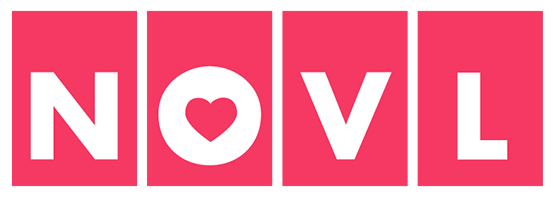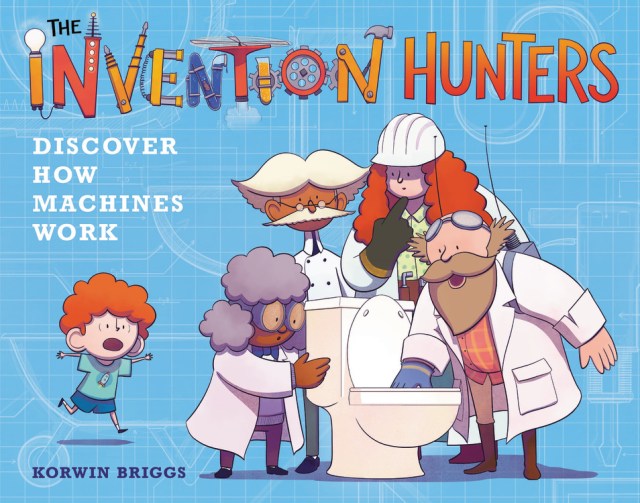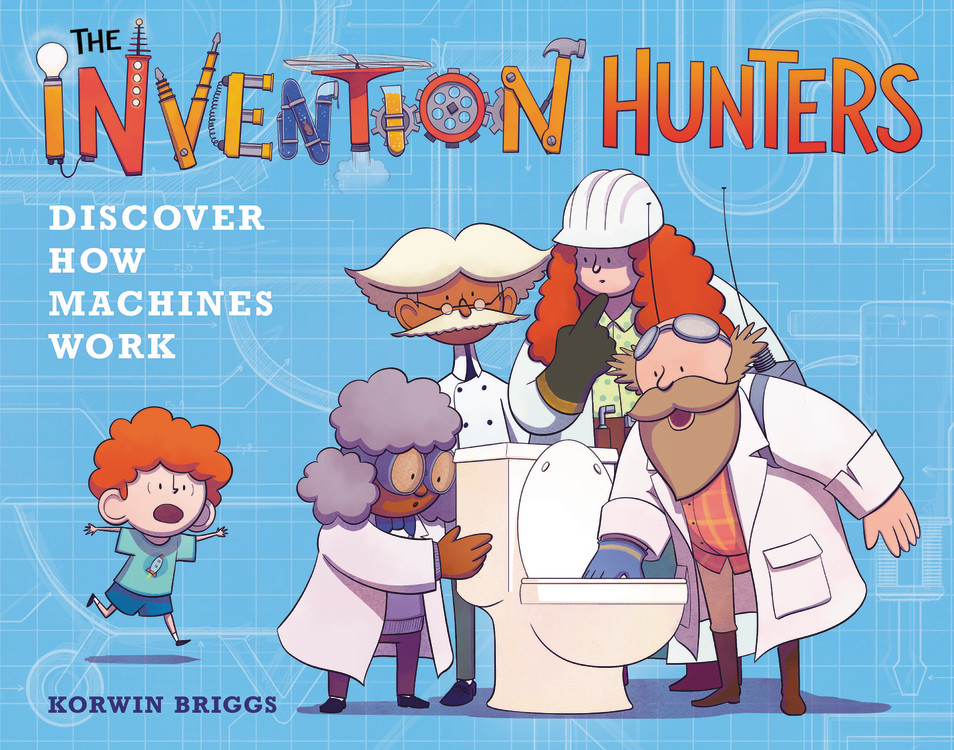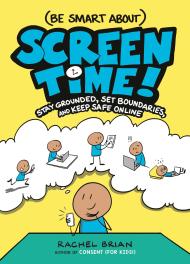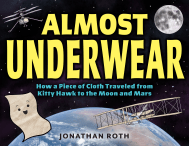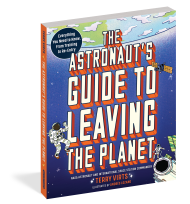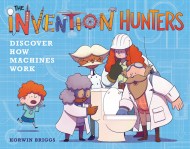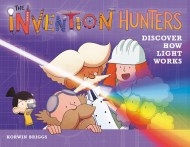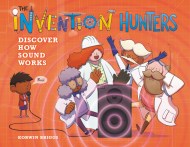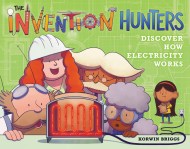The Invention Hunters Discover How Machines Work
Learn about machines the fun way! The Magic School Bus meets The Way Things Work in this kid-friendly guide to understanding the basics of simple machines, perfect for budding engineers.
The Invention Hunters travel the globe in their flying museum collecting the world’s greatest inventions! Today they’ve landed in a construction zone. These silly scientists think they’ve stumbled on incredible specimens of everything you’d never find at a building site, from roller skates and pogo sticks to swords and race cars. But what they really discover–with a kid as their guide–is how simple machines like pulleys, cranks, and levers are used to engineer tools ranging from jackhammers to dump trucks…and even toilets!
Using simple explanations and diagrams and a heaping helping of humor, the Invention Hunters make the perfect companions for curious kids who are ready to learn about science, physics, engineering, history, and more.
Goodreads
The Invention Hunters travel the globe in their flying museum collecting the world’s greatest inventions! Today they’ve landed in a construction zone. These silly scientists think they’ve stumbled on incredible specimens of everything you’d never find at a building site, from roller skates and pogo sticks to swords and race cars. But what they really discover–with a kid as their guide–is how simple machines like pulleys, cranks, and levers are used to engineer tools ranging from jackhammers to dump trucks…and even toilets!
Using simple explanations and diagrams and a heaping helping of humor, the Invention Hunters make the perfect companions for curious kids who are ready to learn about science, physics, engineering, history, and more.
Formats and Prices
Price
$18.99Price
$23.99 CADFormat
Format:
- Hardcover $18.99 $23.99 CAD
- ebook $7.99 $9.99 CAD
- Trade Paperback $8.99 $12.99 CAD
Also available from:
By clicking ‘Sign Up,’ I acknowledge that I have read and agree to Hachette Book Group’s Privacy Policy and Terms of Use
